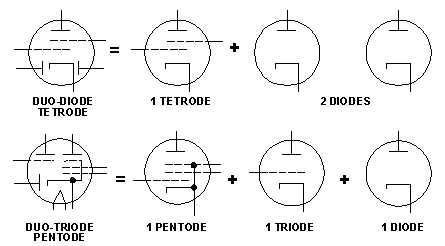2-33
As you can see, the cleanup that results from breaking a radioactive tube is a long and complicated
procedure. You can avoid this by simply ensuring that you don’t break the tube.
CONVENTIONAL TUBES
While conventional tubes present few safety problems, beyond broken glass and the possibility of
cutting yourself, there is one precaution you must know. Namely, electron tubes are hot. The filaments of
some tubes may operate at several thousand degrees. As a result, the envelopes can become very hot.
When you work on electron tube equipment, always deenergize the equipment and allow the tubes
sufficient time to cool before you remove them. If this is impossible, use special tube pullers which the
Navy stocks for this purpose. Never attempt to remove a hot tube from its socket with your bare fingers.
SUMMARY
The following summary covers the main points of this chapter. Study it to be sure you understand the
material before you begin the next chapter.
MULTI-UNIT TUBES were developed to reduce the size of vacuum tube circuits. Incorporating
more than one tube in the same envelope allowed the size of a vacuum tube circuit to be reduced
considerably. While a single envelope may contain two or more tubes, these tubes are independent of
each other.
MULTI-ELECTRODE TUBES were developed to extend the capability of conventional tubes. In
some cases, a multi-element tube may contain up to seven grids. These types of tubes are normally
classified by the number of grids they contain.
POWER PENTODES are used as current or power amplifiers. Power pentodes use in-line grid
arrangements. In this manner, more electrons can reach the plate from the cathode. In effect, this lowers
plate resistance and allows maximum conduction through the tube.



